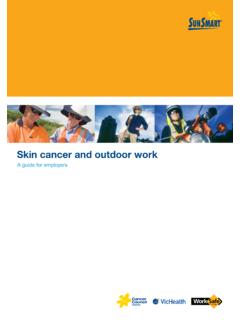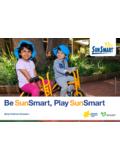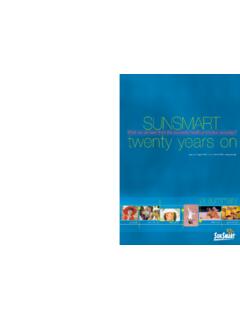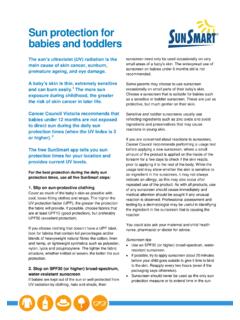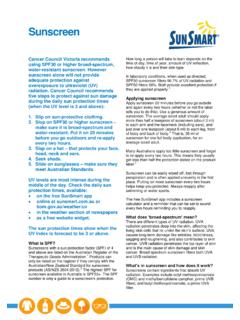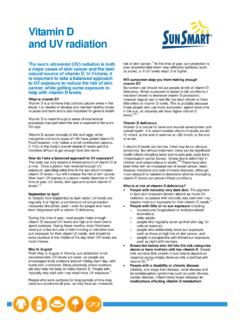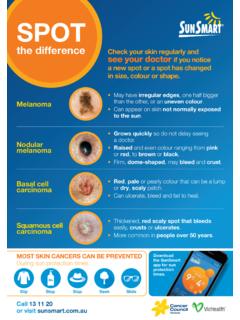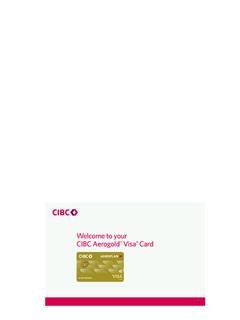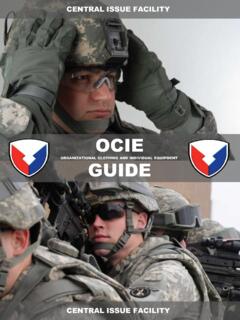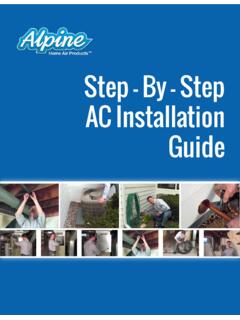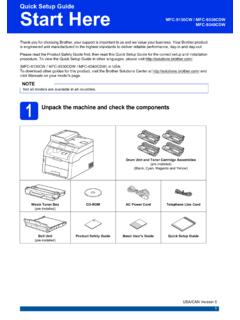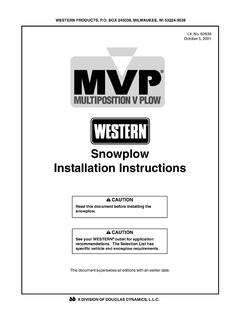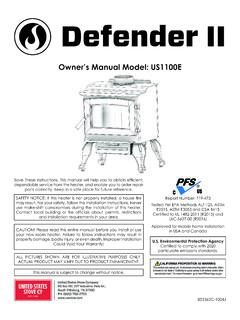Transcription of Sun protection for babies and toddlers - SunSmart
1 Sun protection for babies and toddlers The sun s ultraviolet (UV) radiation is the main cause of skin cancer, sunburn, premature ageing, and eye damage. A baby s skin is thin, extremely sensitive and can burn The more sun exposure during childhood, the greater the risk of skin cancer in later life. Cancer Council Victoria recommends that babies under 12 months are not exposed to direct sun during the daily sun protection times (when the UV Index is 3 or higher). 2 The free SunSmart app tells you sun protection times for your location and provides current UV levels.
2 For the best protection during the daily sun protection times, use all five SunSmart steps: 1. Slip on sun-protective clothing Cover as much of the baby s skin as possible with cool, loose-fitting clothes and wraps. The higher the UV protection factor (UPF), the greater the protection the fabric will provide. If possible, choose fabrics that are at least UPF15 (good protection ), but preferably UPF50 (excellent protection ). If you choose clothing that doesn t have a UPF label, look for fabrics that contain full percentages and/or blends of heavyweight natural fibres like cotton, linen and hemp, or lightweight synthetics such as polyester, nylon, lycra and polypropylene.
3 The tighter the fabric structure, whether knitted or woven, the better the sun protection . 2. Slop on SPF30 (or higher) broad-spectrum, water-resistant sunscreen If babies are kept out of the sun or well protected from UV radiation by clothing, hats and shade, then sunscreen need only be used occasionally on very small areas of a baby s skin. The widespread use of sunscreen on babies under 6 months old is not recommended. Some parents may choose to use sunscreen occasionally on small parts of their baby s skin.
4 Choose a sunscreen that is suitable for babies such as a sensitive or toddler sunscreen. These are just as protective, but much gentler on their skin. Sensitive and toddler sunscreens usually use reflecting ingredients such as zinc oxide and avoid ingredients and preservatives that may cause reactions in young skin. If you are concerned about reactions to sunscreen, Cancer Council recommends performing a usage test before applying a new sunscreen, where a small amount of the product is applied on the inside of the forearm for a few days to check if the skin reacts, prior to applying it to the rest of the body.
5 While the usage test may show whether the skin is sensitive to an ingredient in the sunscreen, it may not always indicate an allergy, as this may also occur after repeated use of the product. As with all products, use of any sunscreen should cease immediately and medical attention should be sought if any unusual reaction is observed. Professional assessment and testing by a dermatologist may be useful in identifying the ingredient in the sunscreen that is causing the reaction You could also ask your maternal and child health nurse, pharmacist or doctor for advice.
6 Sunscreen tips Use an SPF30 (or higher) broad-spectrum, water-resistant sunscreen. If possible, try to apply sunscreen about 20 minutes before your child goes outside to give it time to bind to the skin. Reapply every two hours (even if the packaging says otherwise). Sunscreen should never be used as the only sun protection measure or to extend time in the sun. Sun protection for babies and toddlers 3. Slap on a broad-brimmed hat Hats should provide good shade to the face, back of the neck, eyes and ears.
7 Wearing a hat with a broad-brim that shades the eyes can reduce UV radiation to the eyes by 50%.3 Suitable sun protection hats include: legionnaire hats, with a flap at the back to protect the neck the flap and front peak should overlap bucket hats with a deep crown and angled brim that sit easily on the child s head broad-brim hats. Baseball caps do not offer enough protection for the cheeks, ears and neck and are not recommended. For young babies , choose a fabric that will crumple easily when they put their head down.
8 When choosing a hat, consider its size and comfort, the amount of shade it provides to the face, if it will obstruct vision or hearing, and safety. Hats that can be adjusted at the crown are best. If the hat is secured with a long strap and toggle, ensure it has a safety snap, place the strap at the back of the head or trim the length so it doesn t become a choking hazard. Many children do not like to wear hats. Persistence is needed to teach them that a hat is part of their outside routine. 4.
9 Seek shade If outdoors, babies need to be kept in the shade. Because UV radiation is reflected off surfaces such as sand and concrete, some UV can still reach skin even when in the shade, so you will still need to use a hat, clothing, sunscreen and sunglasses. The shade moves with the sun, so follow the shade. When travelling, use a shade visor or hang a blanket over the side windows in the car. When buying a pram, check that the hood can be adjusted, so that it can be moved to block out the direct sun.
10 For the best protection , pram shade covers should completely cover the pram and be made of densely woven fabric that combines a mesh section so the baby can see and air can circulate and a shade fabric section. The fabric section should block close to 100% of UV radiation (UPF50+) and the mesh section should block at least 70% of UV radiation (UPF3). 5. Slide on sunglasses If it s practical, protect eyes with sunglasses. Look for a pair that: is a close fitting, wrap-around style that covers as much of the eye area as possible meets the Australian Standard AS/NZS 1067:2016 (Sunglasses and fashion spectacles: category 2, 3 or 4)4,5 is preferably eye protection factor (EPF) 106 has soft elastic to keep them in place.
